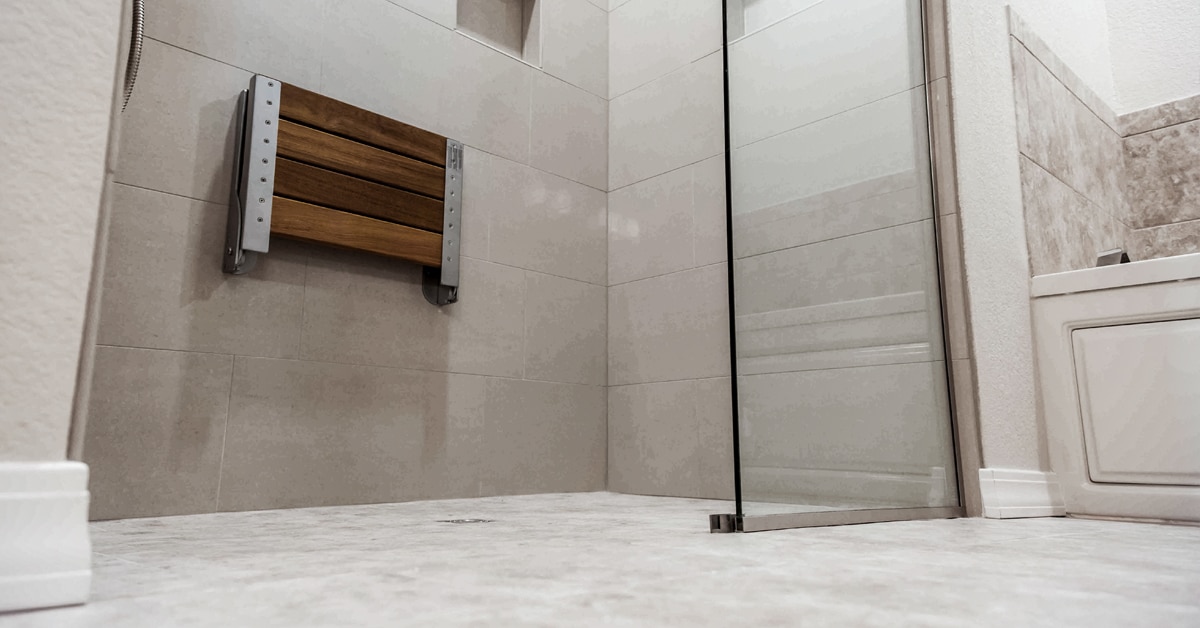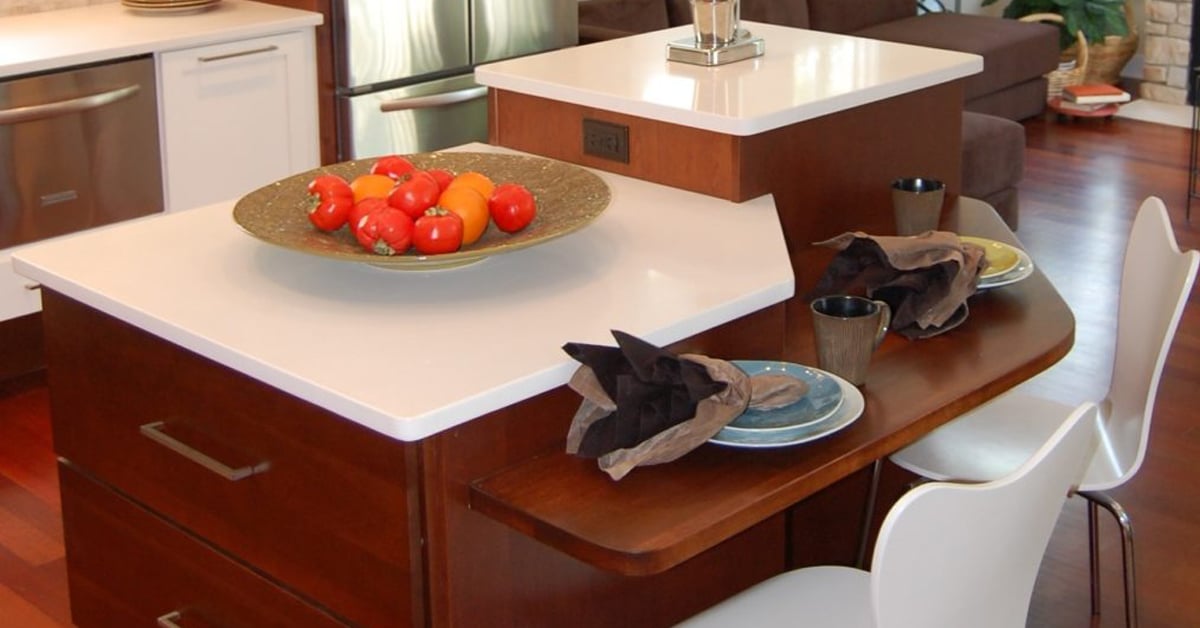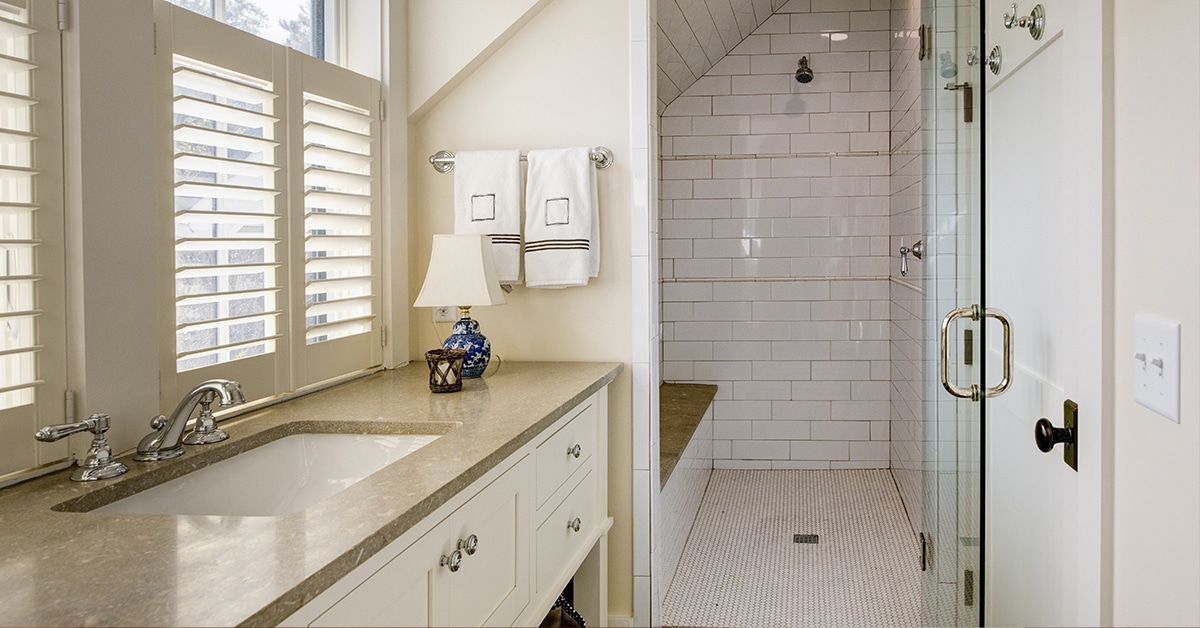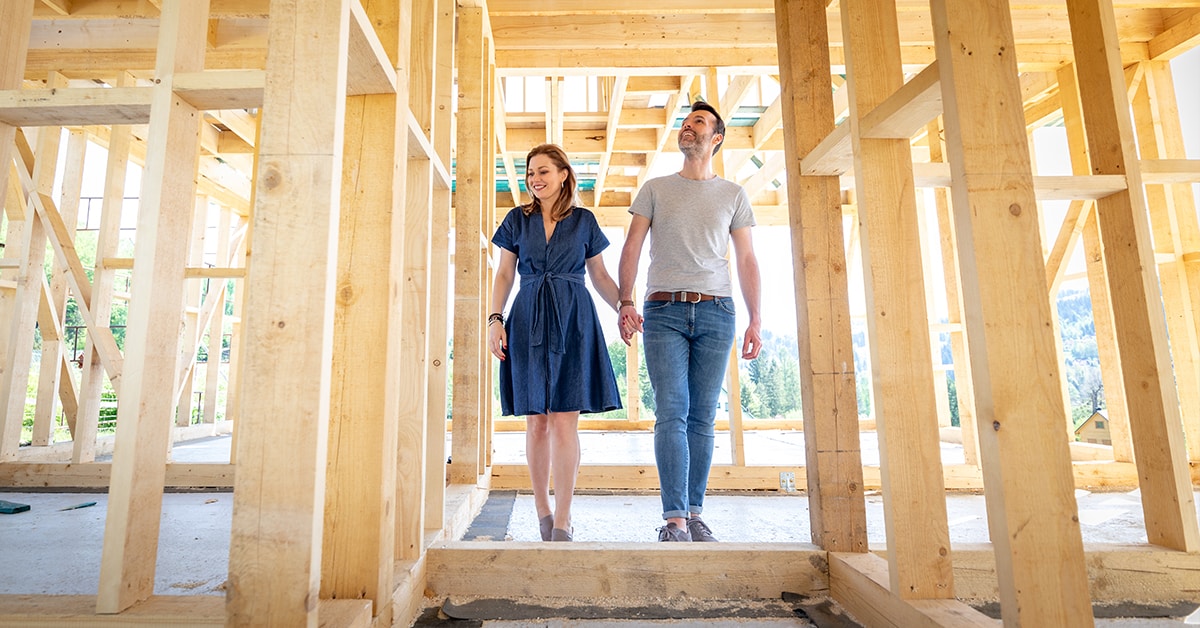Safety and convenience, it’s what we all want in our homes. Purposeful layout and design make a home accessible, safe, beautiful, and convenient. Our home is meant to be a safe space, so it should be livable and accessible for a lifetime. Friends and family of all ages and mobility should be able to visit your home.
More than ever, homeowners want to stay in their homes. Universal design allows for accommodating anything life throws your way.
What is Universal Design?
Universal Design, or barrier-free design, is focused on safety and accessibility for everyone, regardless of age, size, or ability. The goal is to simplify life for everyone by making products or services suitable for any lifestyle or need. For home design, there are specific standards and features that can be components of universal housing.
There are seven principles of universal design that show the value of having it in your home. These include, but are not limited to:
- Equitable Use: Design that is beneficial to all individuals.
- Simple and Intuitive Use: The design should be easy to understand regardless of experience or knowledge.
- Tolerance for Error: Design that minimizes accidental actions or errors.
Universal Design Standards
Universal design ensures your house is convenient for you and is welcoming to all family and friends. It promotes safety and independence to people of all shapes, ages, and abilities. Some common features of the universal design include:
- Step-free entry into the house. This feature simplifies the use of wheelchairs or walkers but also of strollers and luggage. It also allows easier access for children and someone with an armful of groceries.
- Non-slip flooring. Regardless of age and ability, everyone can enjoy the safety and function of slip-resistant flooring.
- Wider doorways and hallways to accommodate wheelchairs, walkers, luggage, and furniture.
- Lower light switches and higher electrical outlets enable access for people of various heights.
- Large, curb-free showers with seating and easily operated controls.
Universal Design Examples
Even a home designed for accessibility and barrier-free design can still be beautiful. Many universal design features also add value. Think beyond ramps or aluminum grab-bars and imagine the modern or timeless design that can be incorporated into your home.

This bathroom design features a curbless entry shower for any level of mobility. Additionally, the bench offers seating without compromising shower space. This kind of design should be planned with the help of a structural engineer or designer.

This kitchen, from the DeA Cente series of LIFEhouse™ plans, showcases counter levels at varying heights allow for seated or standing use.
Who is Universal Home Design For?
Universal design is for everyone. The goal is a home accessible for all ages, sizes, and abilities. Anyone can choose to bring universal design features into their home, but there are some people who would most benefit from these designs.
Aging in Place
A 2018 AARP study found that 76% of adults over age 50 want to stay in their homes and communities as they age. It is not uncommon to want to stay in the home you raised your family in or the community you have come to love. Universal design with a specific focus on aging in place anticipates common challenges faced by older adults. Additionally, your home can be more comfortable for visitors, no matter their age or mobility. If your goal is to retire in your own home, universal design can help make that possible.
Multigenerational Homes
It is not uncommon for more than one generation to live in a home together. This includes adult children living with their parents or aging parents moving in with their children. In 2016, a record 64 million people, or 20% of the U.S population lives with multiple generations under one roof. The most common type of multigenerational household consists of two adult generations. The next most common are three or more generations under one roof. Universal design can make a home comfortable for any generation.
Accessibility
Universal design principles also hold usability and aesthetics as equally important. Disability is not a special condition for a small group of people but rather an ordinary part for many. If a design works well for people with disabilities, it works better for everyone. While wheelchair users benefit from curb-less entry, small children and able-bodied adults can avoid tripping as well. This is just one of the many examples of how universal design can benefit a person with disabilities alongside everyone else.
Why Should I Incorporate Universal Design into My Home?
There are many different reasons why someone would want to build or renovate with universal design features. While you or your family may be currently able to navigate your home with ease, you never know when that might change. Take for example Rosemarie Rossetti, who explains the need for universal design in her TEDx Talk.
Even if you exclude the possibility of life-changing accidents and rare illnesses, there are several other reasons to incorporate universal design elements into your home.
Your Lifestyle and Future
If you live an active lifestyle or have active children, the occasional injury is nearly unavoidable. With something as common as a broken leg or minor surgery, your home can become challenging to navigate independently. A curb-less entry shower can make the world of a difference when recovering and wide doorways can be a relief when walking with crutches. When accidents happen, why not live in a home that can accommodate those events?
Family and Friends Visiting
No one wants to turn away a loved one from visiting because their home is not accessible. If you love to entertain or even have an occasional friend or relative visit, you value their comfort. Simple, inclusive design features, such as a half bathroom on the main floor, can make a home visitable for all.
Home Value
If you do decide to move, a home with universal design can be more marketable. Universal design can be virtually unnoticeable as well, making it a desirable feature you may not even notice. Smart design choices are valuable to buyers and will benefit you as the seller. When considering value-adding renovations or additions, don’t discount the advantage of universal design.
How Everstead Can Help
If you would like to explore how universal design can be added to your home or if you are considering building a new home, Everstead is here to help.
Renovation and Remodel
If you desire a more visitable home or would like a more livable home for yourself, renovations and remodels may be the perfect solution. While some universal design elements can be implemented into the fixtures and finishes of a home, some may need a structural designer. Everstead designers are experienced in universal design remodels and work with our Occupational Therapist to meet your specific goals for your home.
New Home Design
Maybe you have outgrown your current house and are looking to design a new home. Our designers can create a beautiful new home that is fully outfitted with universal design features. Our Occupational Therapist works with our designers to create a functional and appealing home you can be proud to retire in.
Contact Us
If you are ready to consider incorporating universal design features into your remodels or your new home design, we are here to help. Our designers, engineers, and occupational therapist are here to lead you through the planning process. Contact us or fill out the form below if you have any questions or are ready to get started.
Want More Info? Contact Us Below
If you have any questions or are ready to schedule a service with us, fill out the following form. We’ll be in contact within 1 business day.





